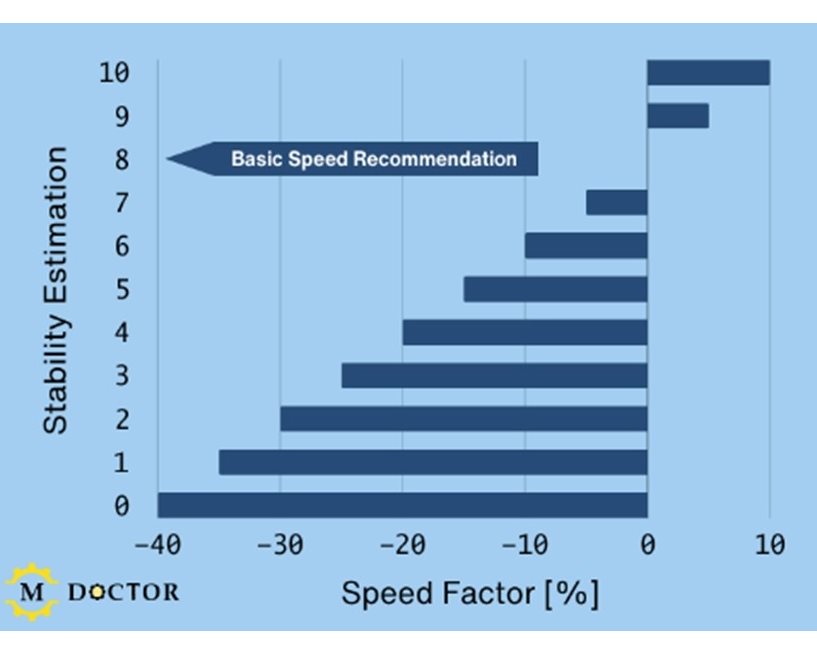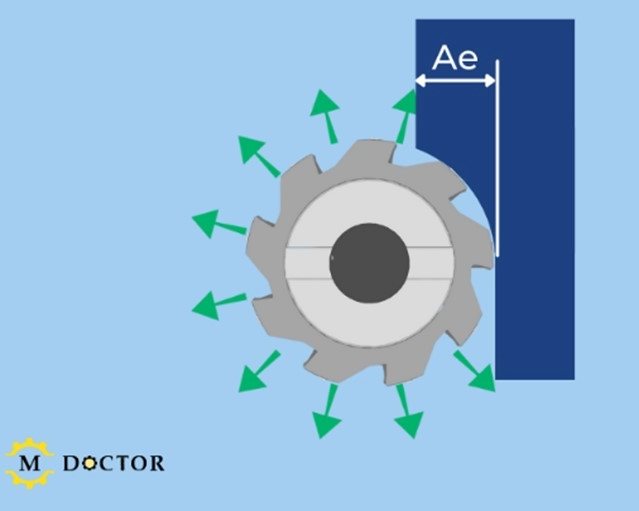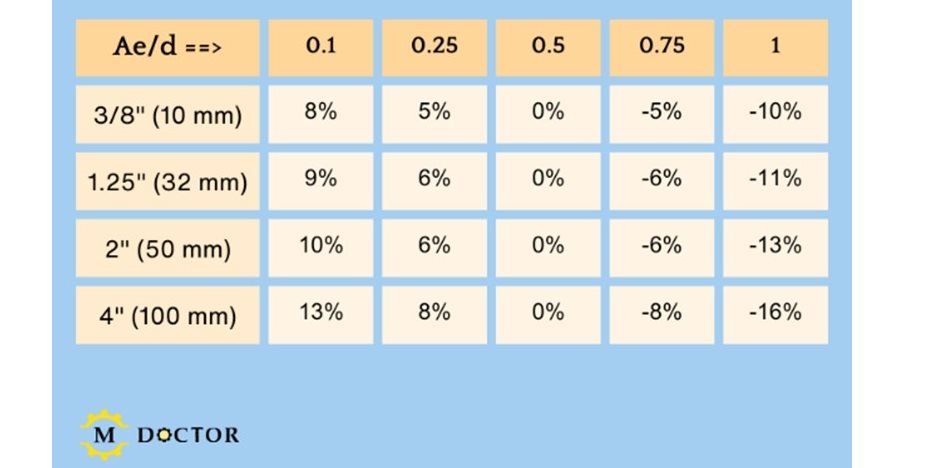Fine-tune your Cutting Speeds - From Catalog data to actionable values
Understanding the parameters influencing cutting speed calculations will enable better decision-making, longer tool life, and higher productivity.This article has been created in collaboration with Machining Doctor and Seco Tools.
Cutting tool suppliers provide recommendations for cutting speed, but these are broad and intended for perfect conditions. These recommendations are too high in many cases, and we need to adjust them for our specific application. We can use speeds and feeds calculators or the Seco Assistant. However, understanding the parameters influencing calculations will enable better decision-making, longer tool life, and higher productivity.
Supplier catalogs list multiple subgroups within each material group. Although this may be confusing, it is not the place to take shortcuts! Invest adequate time in classifying your material before proceeding to the next step.
Discover the material groups in details

In many cases, you may have personal knowledge or catalog recommendations for the cutting speed of a material in its annealed state, but it may require heat treatment before machining.
PH stainless steels or high alloy steels are common examples of this scenario.
Raw material hardness affects cutting speed adjustment.
To fine-tune the speed, refer to the chart that displays the hardness difference between the material you're working on and the material for which you have the original data. The Y-axis shows the percentage of adjustment needed for the cutting speed.

The overall stability of the setup largely determines the appropriate speed for a machining application, which is a personal assessment.
It depends on the quality of both the workpiece and the cutting tool's clamping, as well as the overhang of the tool.
To assess stability, rate it on a scale of 0 to 10, where 10 represents a perfectly stable setup with a short tool overhang, and 0 represents a poor setup. Adjust the speed according to the factors from the chart provided (assuming that the catalog recommendation refers to a score of 8).
The range of cutting speeds that can be used is quite wide, and there are no definitive rules regarding the best option. Choosing a higher cutting speed will boost productivity but will result in a shorter lifespan for the tool. Conversely, selecting a lower cutting speed will lengthen the lifespan of the tool but will decrease productivity. The best decision will depend on your objectives and personal preferences.
In milling operations, the radial depth of cut (Setp over) is another factor to consider. As the radial depth gets lower, the cutting speed can be increased. We can increase the speed since a smaller radial depth allows more time for each tooth to cool outside the material. The amount we can increase depends on the cutter's diameter and the ratio between it and the radial depth (Ae/d). You should assume that the starting point recommendation is for Ae/d=0.5 and use the table below to get the speed adjustment factor.


It is important to remember that the information presented here is not purely scientific. Nonetheless, it can be a useful guide for adjusting cutting speeds based on application conditions.

Erez Speiser is the founder and developer of the Machining Doctor Website. The platform encompasses his 30 years of experience in the machining industry, during which he held managerial positions in Engineering, Production, and Marketing. Combining his extensive knowledge of the industry and web development skills, Erez founded the Machining Doctor - a platform that serves as a hub for industry professionals to access his wealth of expertise and insights. Contact him on LinkedIn.
Inline Content - Survey
Current code - 5fce8e61489f3034e74adc64